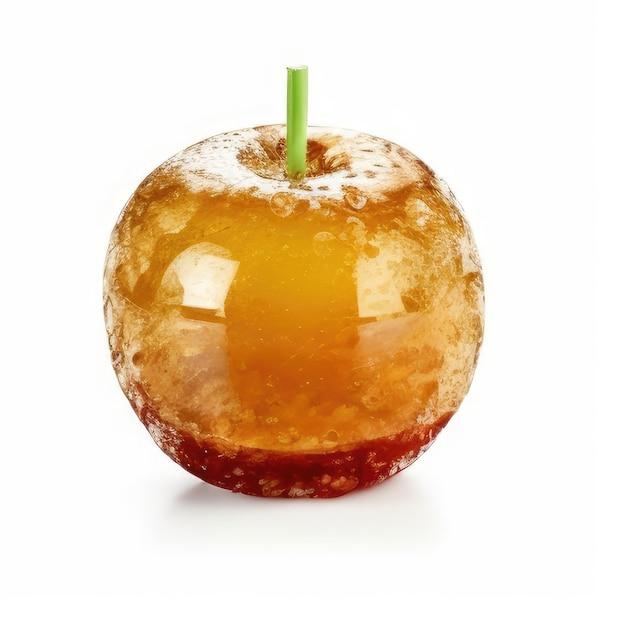Pi, the mathematical constant represented by the Greek letter π, has fascinated and intrigued mathematicians, scientists, and everyday people for centuries. Most of us are familiar with the basic concept of pi as being approximately 3.14159, but its significance goes far beyond those digits. In fact, the value of pi extends to an infinite number of decimal places, making it a never-ending and irrational number. But what is the use of pi in real life? How does it impact our daily activities and the world around us?
From measuring circles to understanding the physics of waves, the value of pi is vital in numerous fields, including engineering, mathematics, science, and technology. It helps us calculate the circumference and area of circles and spheres, which are fundamental in architecture, design, and construction. Moreover, pi finds its application in fields like physics and engineering, where it is used to understand waveforms, rotational motion, and other phenomena. Whether you’re baking a pie or building a bridge, the constant presence of pi is impossible to ignore.
So, join us on this intriguing journey as we explore the various applications of pi in our daily lives and unravel the mystery behind why it is called a mathematical constant. Get ready to dive into the world of pi and discover its significance in both the practical and abstract realms of our existence.

The Magical Pi: More Than Just a Delicious Dessert!
Pi – The Unsung Hero of Real Life
You may know pi as the mathematical constant representing the ratio of a circle’s circumference to its diameter, but did you know that pi is not just some obscure concept you encounter in high school geometry class? Oh no, my friend! Pi is a hidden superhero, silently working its magic behind the scenes in our everyday lives. In this section, we’ll explore the astonishing, and sometimes downright wacky, ways that pi gets its time in the spotlight in real life.
Pi in Engineering: Building Bridges and Skyscrapers
When it comes to designing structures that withstand the test of time, engineers rely on the trusty value of pi. Whether it’s calculating the dimensions of a suspension bridge or determining the required strength of a skyscraper’s support beams, pi plays a crucial role. Its infinite decimal places ensure accuracy and precision, making sure our soaring feats of engineering stay firmly grounded.
Pi in Medicine: From Brain Scans to Robot Surgeons
Doctors and medical professionals owe a debt of gratitude to pi for its contributions to the field of medicine. Take medical imaging, for example. Whether it’s an MRI, CT scan, or ultrasound, these lifesaving technologies heavily rely on complex mathematical algorithms that incorporate pi. Thanks to pi, we can peer inside the human body, diagnosing ailments and saving lives one decimal place at a time.
Pi in Cryptography: Securing Our Digital World
Ever wonder how your sensitive information remains secure while whizzing through cyberspace? Enter pi, the guardian of cryptography. Pi’s unpredictable and never-ending decimal expansion helps create the complex algorithms that encrypt and protect our digital data. So, the next time you’re making an online purchase or sending a private message, tip your hat to pi for keeping your secrets safe from prying eyes.
Pi in Music: The Harmonious Language of Circles
Did you know that pi even has a hand in the world of music? Yes, you heard it right! Musicians and composers often utilize pi to create harmonious melodies and rhythms. The circle of fifths, a fundamental concept in music theory, owes its existence to none other than the indefatigable pi. So, the next time you’re toe-tapping to your favorite tune, remember that pi is the secret sauce behind the music.
Pi in Probability: The Odds Are in Pi’s Favor
Ever had a hunch about your chances of winning the lottery or rolling a particular number on a dice? Pi has got your back! In the realm of probability, pi helps us calculate the odds of certain events occurring. From predicting weather patterns to understanding the likelihood of an event happening, pi’s infinite nature gives us a glimpse into the unpredictability of the world around us.
The Versatile Pi: More Than Meets the Eye
Pi may be the star of the mathematical world, but its influence extends far beyond equations and formulas. From engineering marvels to musical masterpieces, pi showcases its versatility in various real-life applications. So, the next time you enjoy a slice of delicious pie, take a moment to appreciate the extraordinary role that pi plays in our everyday lives. Because when it comes down to it, pi truly is a real-life superhero, saving the day one calculation at a time.
Keywords:
- Pi in Engineering
- Pi in Medicine
- Pi in Cryptography
- Pi in Music
- Pi in Probability

FAQ: What is the Use of Pi in Real Life?
What formula utilizes pi
We don’t mean to make your brain hurt like a math class flashback, but pi shows up in a boatload of formulas! One of the most famous is the circumference of a circle, which uses the formula C = 2πr. So, if you ever find yourself needing to find the distance around a circular object, pi is your pal!
What’s the most digits of pi memorized
Ah, the age-old competition of who can recite the most digits of pi! As of 2023, the current world record stands at a mind-boggling 70,000 digits! That’s enough to make your head spin faster than a tornado. But hey, remember that you don’t need to memorize pi to use it in real life. Unless you plan on joining a pi recital competition, that is!
What’s the full number for pi
Well, buckle up because pi is a non-repeating, infinite decimal. The most common approximation is 3.14159, but in reality, it goes on forever. It’s like a never-ending tale of numbers that never quite reaches a satisfying ending. But don’t worry, for most practical purposes, a few digits of pi will suffice. Your calculator will thank you for not torturing it with an infinite number of decimals!
What’s the use of pi in real life
Ah, the million-dollar question (or should we say the 3.1415926535-dollar question)! Pi is extremely useful in various aspects of everyday life. Architects rely on this trusty number when designing round structures, such as bridges and domes. Engineers use it when calculating the strength and stability of circular objects, like airplane wings or car wheels. And let’s not forget those magnificent scientists who harness the power of pi to model waves, predict weather patterns, and unravel the mysteries of the universe. So, the next time you enjoy the beauty of architecture, technology, or the cosmos, give a little nod to good ol’ pi!
Why is pi called a mathematical constant
Ah, the origins of pi’s fame! The term “constant” refers to a value that remains fixed regardless of the circumstances. And pi fits this description like a perfectly baked pie in a window sill. It maintains the same value, approximately 3.14159, no matter the size of the circle you’re dealing with. That’s pretty impressive! The name “pi” itself comes from the Greek word “periphery,” which means “around” or “boundary.” And since pi shows up in formulas related to circles and round shapes, it became known as the mathematical constant we all know and love today.
And there you have it, folks! A delightful FAQ-style rundown on the uses and wonders of pi in real life. Now you’re equipped with a sprinkle of mathematical knowledge to impress your friends at the next dinner party. So go forth, unleash the power of pi, and let your circles be perfectly rounded, just like this fascinating number!
